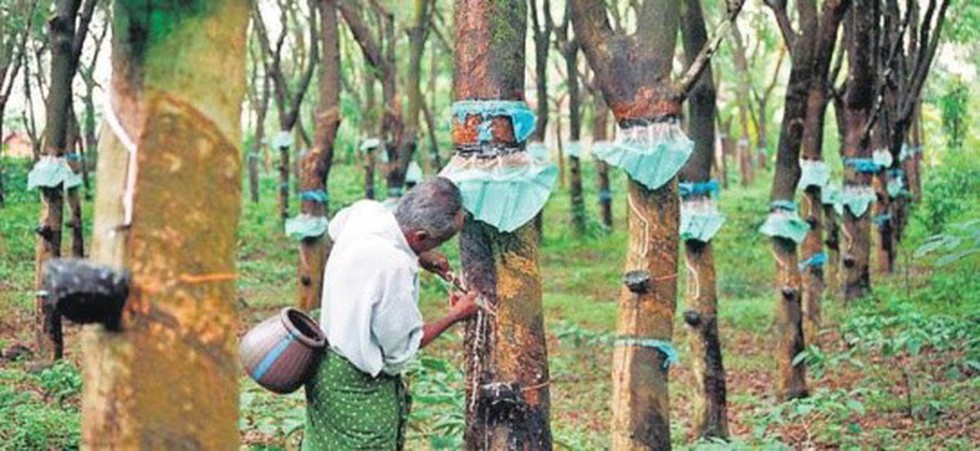About CRISP App:
- The Comprehensive Rubber Information System Platform (CRISP) application has been developed by the Rubber Research Institute of India (RRII) in collaboration with the Digital University of Kerala.
- It gives information to rubber cultivators related to production and productivity enhancement, reduction of cultivation cost, maintenance of soil fertility, disease control measures, etc.
Key facts about Rubber Plantations in India
- Natural rubber is a polymer made up of a chemical molecule called isoprene.
- It is a native of the Amazon basin which was introduced to countries in the tropical belts of Asia and Africa in the late nineteenth century.
- Climatic conditions required for Rubber
- Rainfall: It requires moist and humid climates with heavy rainfall of more than 200 cm.
- Temperature: It grows well in equatorial climates and temperatures above 25 degrees Celsius.
- Soil: Well-drained, weathered soils.
- India is the world’s largest producer and the third-largest user of natural rubber.
- Rubber Growing Areas in India
- Traditional Areas: Primarily in Tamil Nadu’s Kanyakumari District and Kerala.
- Non-traditional regions: Coastal Karnataka, Goa, Maharashtra’s Konkan Region, coastal Andhra Pradesh and Orissa, the northeastern provinces, and the Andaman and Nicobar Islands, among other places.
